A Guide to the Different Kinds of Quilting Rulers
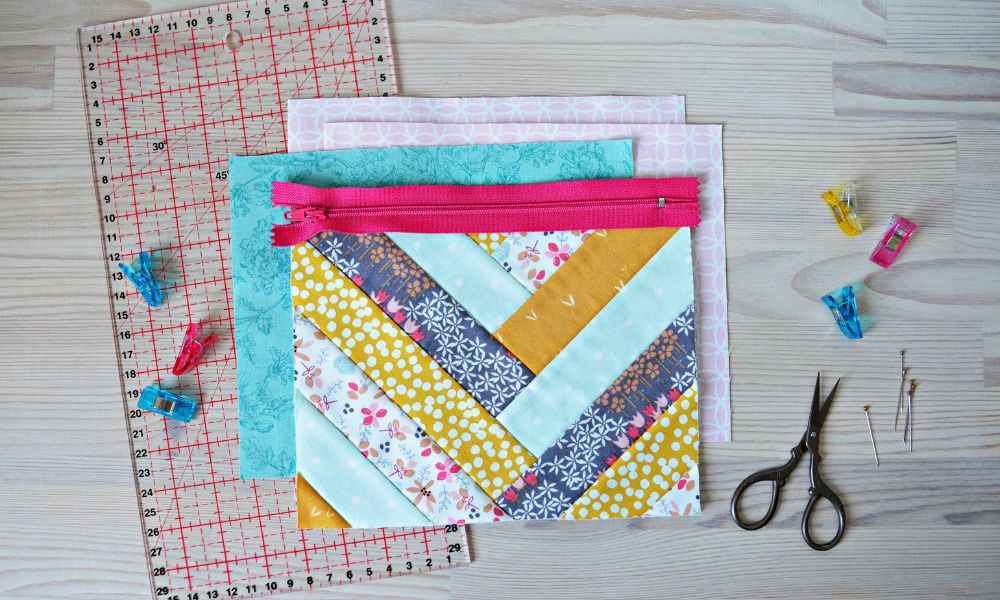

There are millions of quilters across the US. If you’re hoping to join their ranks and begin quilting yourself, then you’re in good company. While you can easily find like-minded crafters, you’ll also have to learn a lot of information and gather lots of supplies, with quality rulers being one of the most necessary. To be a competent quilter, you’ll need various rulers to help you complete different steps of your quilting projects. Keep reading to see our guide to the different kinds of quilting rulers so you’ll know what rulers to pick up.
Basic Rulers
In the world of quilting rulers, there are basic rulers and specialty rulers. The difference between the two is how often simple quilting projects utilize the shape and size of ruler. We’ll start with explaining the different kinds of basic quilting rulers you’ll see on the market, and we’ll get into the specialty rulers later.
Just know that some people consider certain specialty rulers as basic rulers because they use them often, even if they use them in more complicated projects. We consider this list of rulers basic because of their necessity for simple, beginner projects.
Non-Slip Square
One of the most important rulers to have on hand will be a non-slip square ruler. While you can find square rulers without the non-slip quality on the market, that extra characteristic will ensure that your ruler stays in the place it needs to be, even on slippery fabrics like silk.
Squares are the traditional working pieces in a quilt, so a square-shaped ruler is essential as you cut out those pieces. You can find a square ruler as small as 2.5 inches if you want to make smaller quilting squares or as large as 12.5 inches for bigger squares. Regardless of the size of the square, a high-quality non-slip square ruler will have a diagonal line across it to help you. If the non-slip square ruler you’re looking at doesn’t have a diagonal measuring line through the middle, it’s best to look for a different option.
Non-Slip Rectangle
Just as square rulers help you piece together the essential building blocks for the main part of your quilt, a rectangular ruler will help you with edges and borders. Once again, you can find rectangular quilting rulers that don’t have the non-slip quality, but this extra touch can prove incredibly beneficial in your personal projects.
Like square rulers, there are a variety of rectangle ruler sizes on the market, and you can choose which to use for your project. You can find non-slip rectangular rulers as small as 1 inch by 6 inches and as large as 12 inches by 24 inches. Most rectangular rulers will be clear and have additional guiding lines, allowing you to measure through the plastic if you need to customize the size of your cutting. Wider and longer rectangular rulers will also have diagonal lines that zigzag across them so you can cut on a diagonal even on your fabric’s border or edge.
Non-Slip Trimmer
When you want to add trim or construct a thin border on your quilt, you’ll need something designed for that specific task. While you can theoretically use a small rectangular ruler for trim, a trimming ruler is better because it has more precise measurements. This precision allows you to make your trim the exact size you want, with no guesswork necessary. Again, you can find trimming rulers that don’t have the non-slip quality, but when working with something as small as trim, you can’t allow for any wiggle room.
Non-Slip Triangle
Quilting experts debate whether a triangular ruler counts as a basic ruler or not. We argue that it is because it’s only half a square, which is the common beginner shape, and therefore only a slight step above traditional beginner. It is not a difficult or unique shape and stands as something that beginning quilters can conquer with extra practice and patience. However, if you’ve never made a quilt before, you don’t need to immediately acquire a triangular ruler. You might consider getting one after you have a little more experience using the others.
You can find triangular rulers in varied sizes and at different degrees. Choosing between them will depend on your experience level and what the project calls for. 60-degree angles are the easiest to work with, especially if you’ve recently graduated from only doing squares. A multi-size triangle that allows you to change between sizes may also come in handy, although they typically range between 45 and 90-degree angles based on how they fold into different sizes. Again, your choice will depend on what the project requires and your experience level.
Specialty Rulers
Specialty rulers can be any rulers beyond what you would use in a traditional quilt or for a beginner project. While you’ll still use some basic rulers on any project, as you learn more about quilting and make more complicated projects, you can graduate to any kind of specialty ruler. Their names are less straightforward than the basic rulers, but the rulers should be uniformly available across shops, meaning you should be able to find what you need. While this isn’t an exhaustive list of every specialty ruler, these examples are some of the most common non-basic ruler options your projects might require.
Non-Slip Pineapple Trim
This ruler looks like a square with one of its corners missing. It’s ideal for creating its namesake, a pineapple trim, which involves 6-, 8-, or 10-inch pineapple blocks out of square-off stripes. Once again, the non-slip quality is important for even measurements and cuts regardless of the material.
Non-Slip Hexagon Trim
This five-sided ruler allows you to make perfect hexagons that typically measure 8 inches from side to side or 10 inches from point to point. While smaller and larger hexagon rulers are on the market, this is the traditional size for quilting hexagons. Once again, the non-slip quality isn’t a necessity, and hexagon trim rulers exist without them, but the non-slip quality is crucial.
Machine Quilting Ruler
You can either hand sew or machine sew your quilt. Many beginners choose to start with hand sewing as they learn the craft and graduate to machine sewing once they become more familiar with fabrics and patterns. For this reason, we consider machine quilting rulers as specialty rulers. These specialty rulers come in a variety of sizes and shapes, such as smiley, petunia, taj, and more. Your choice between these rulers will once again depend on your experience level and project requirements.
Our guide to the different kinds of quilting rulers should give you a beginner’s understanding of basic and specialty rulers. If you want to buy quilting supplies online, including the different rulers we’ve described, Lindley General Store offers affordable, high-quality options for you to choose from. You’ll find everything you need to start quilting in our online store.


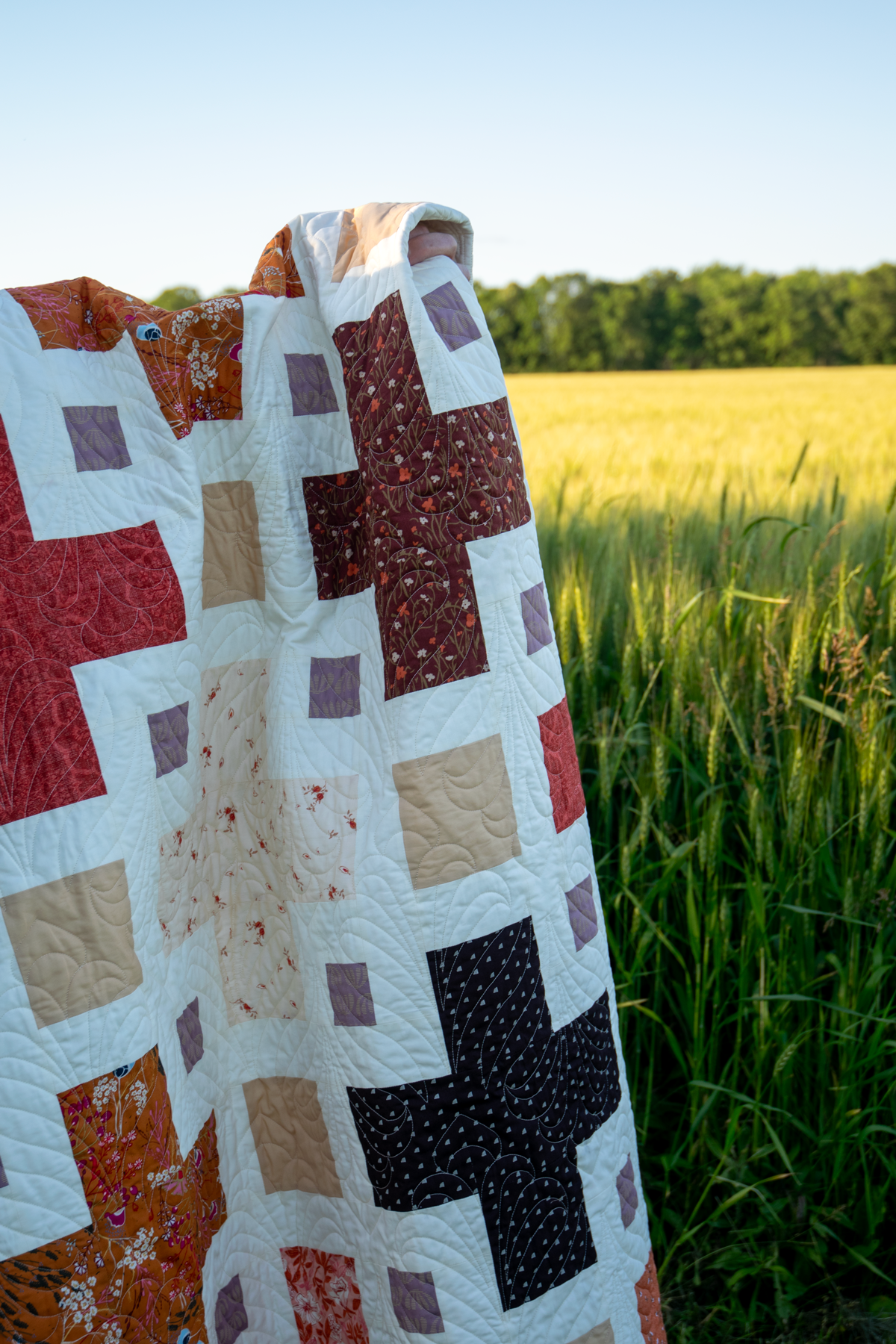

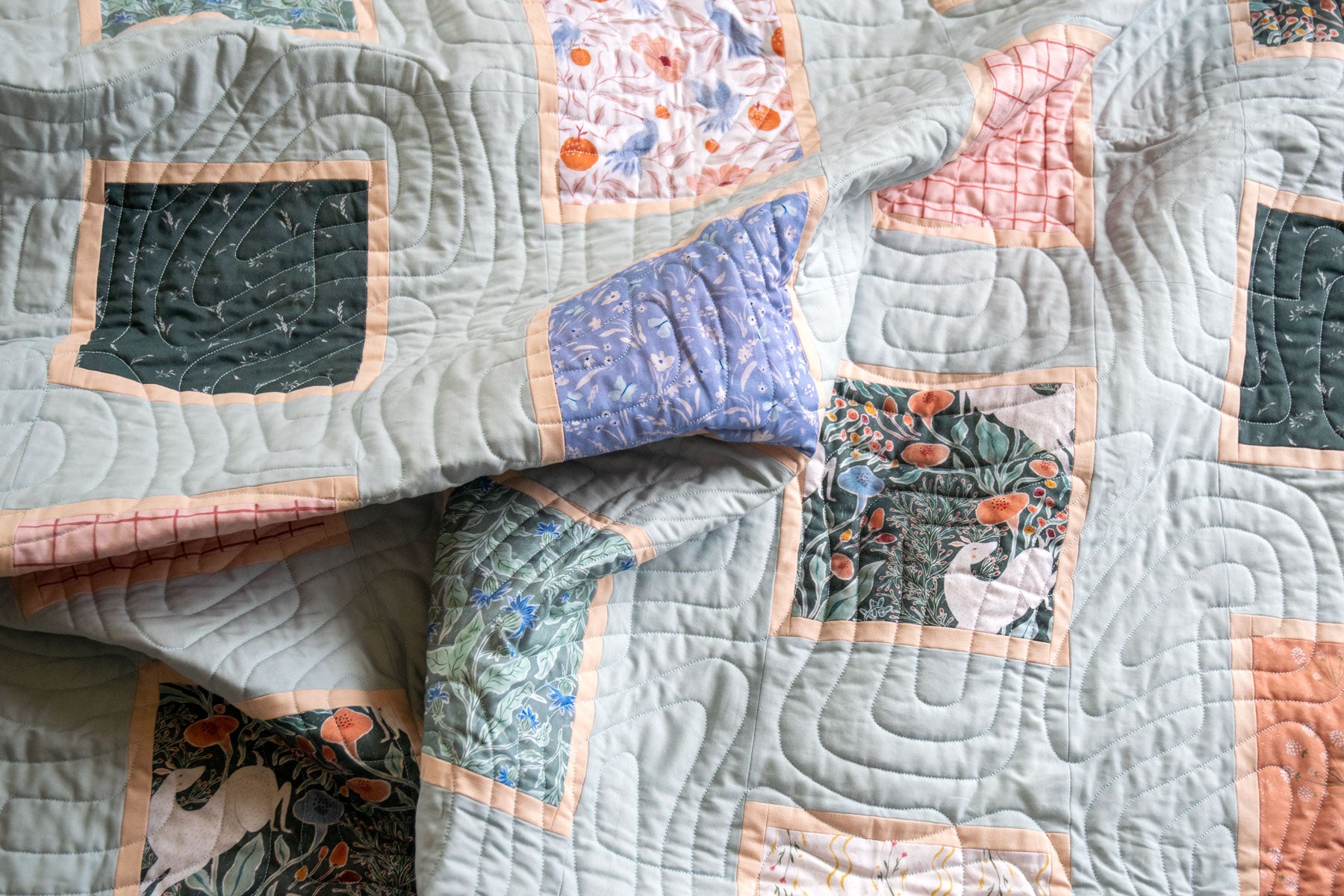
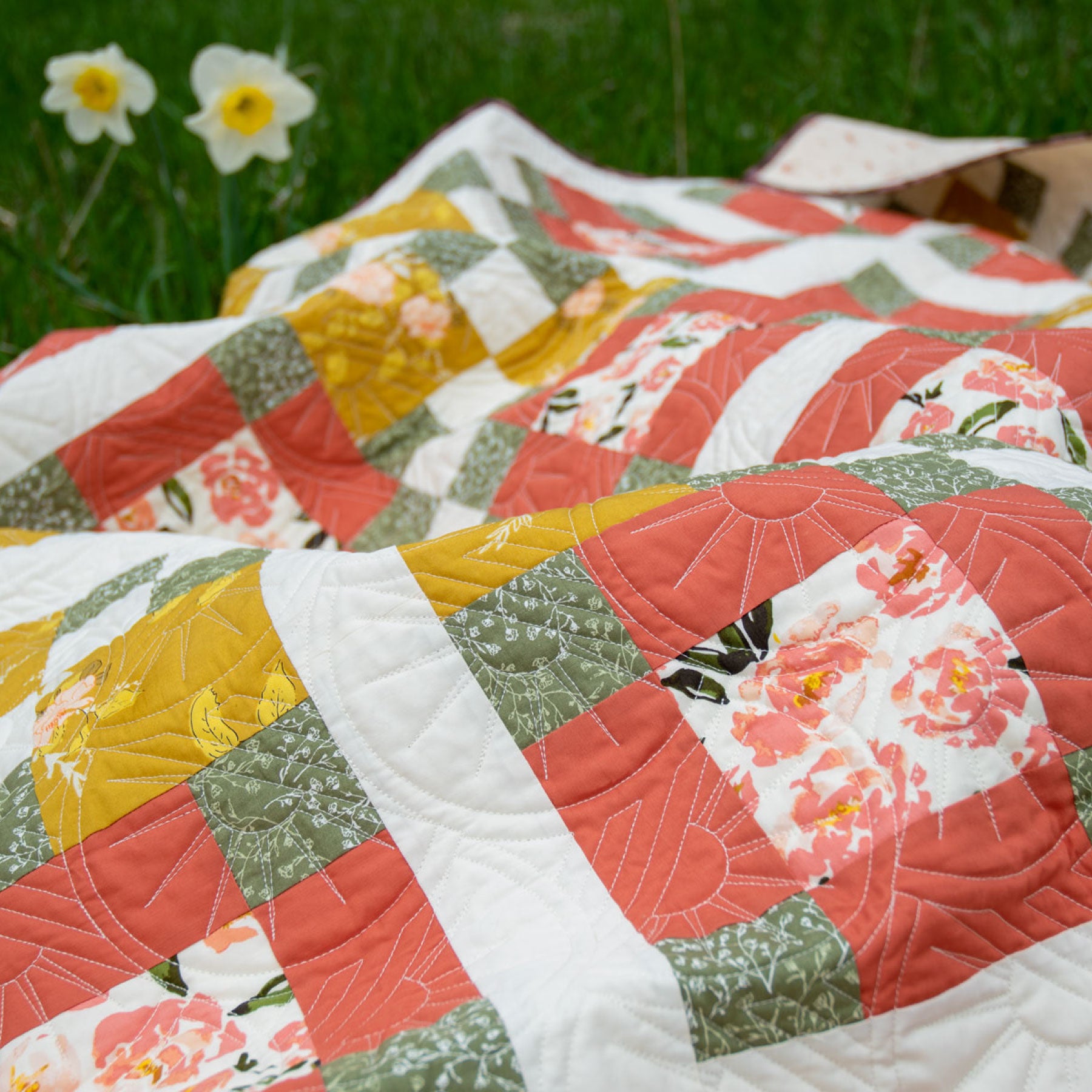
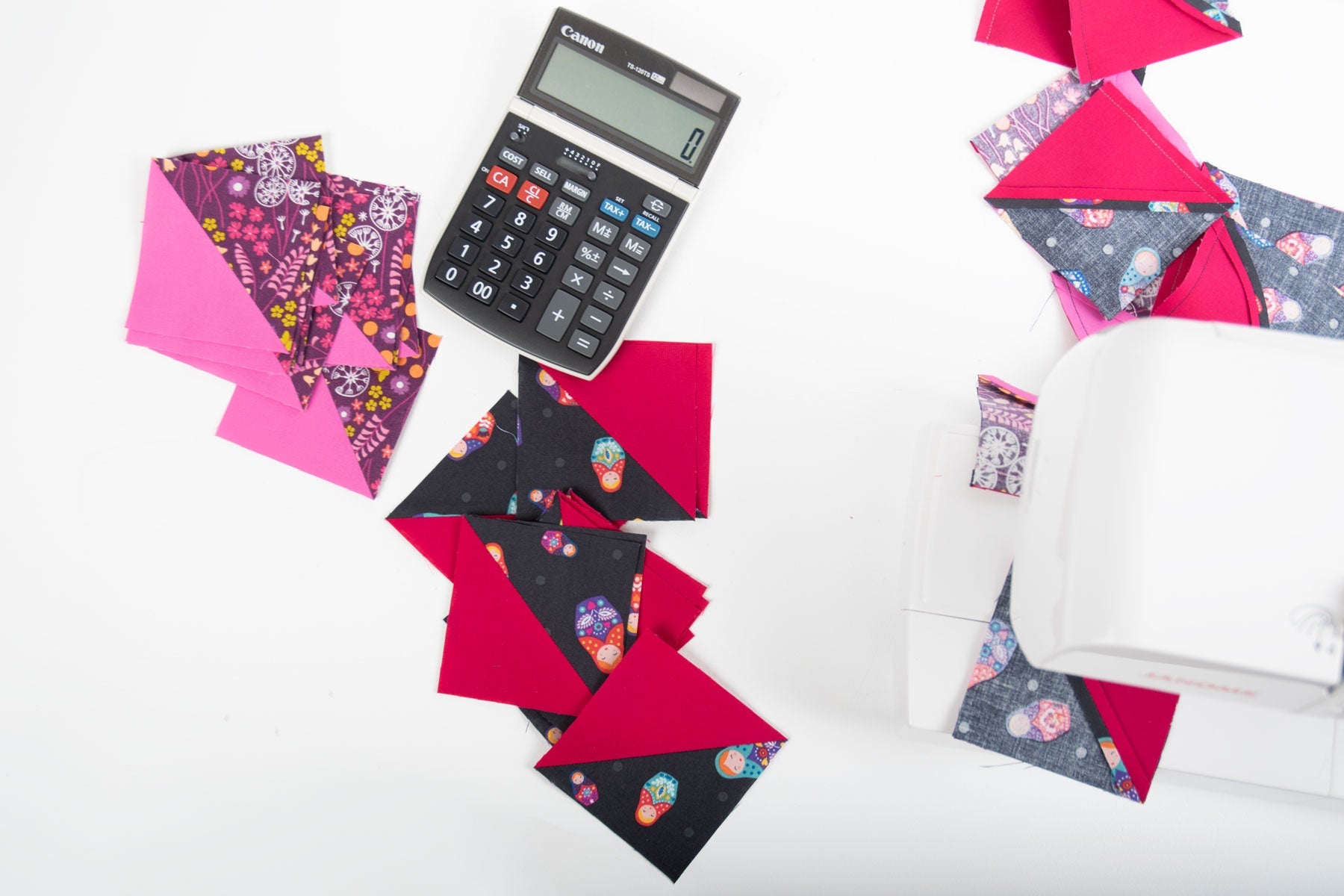
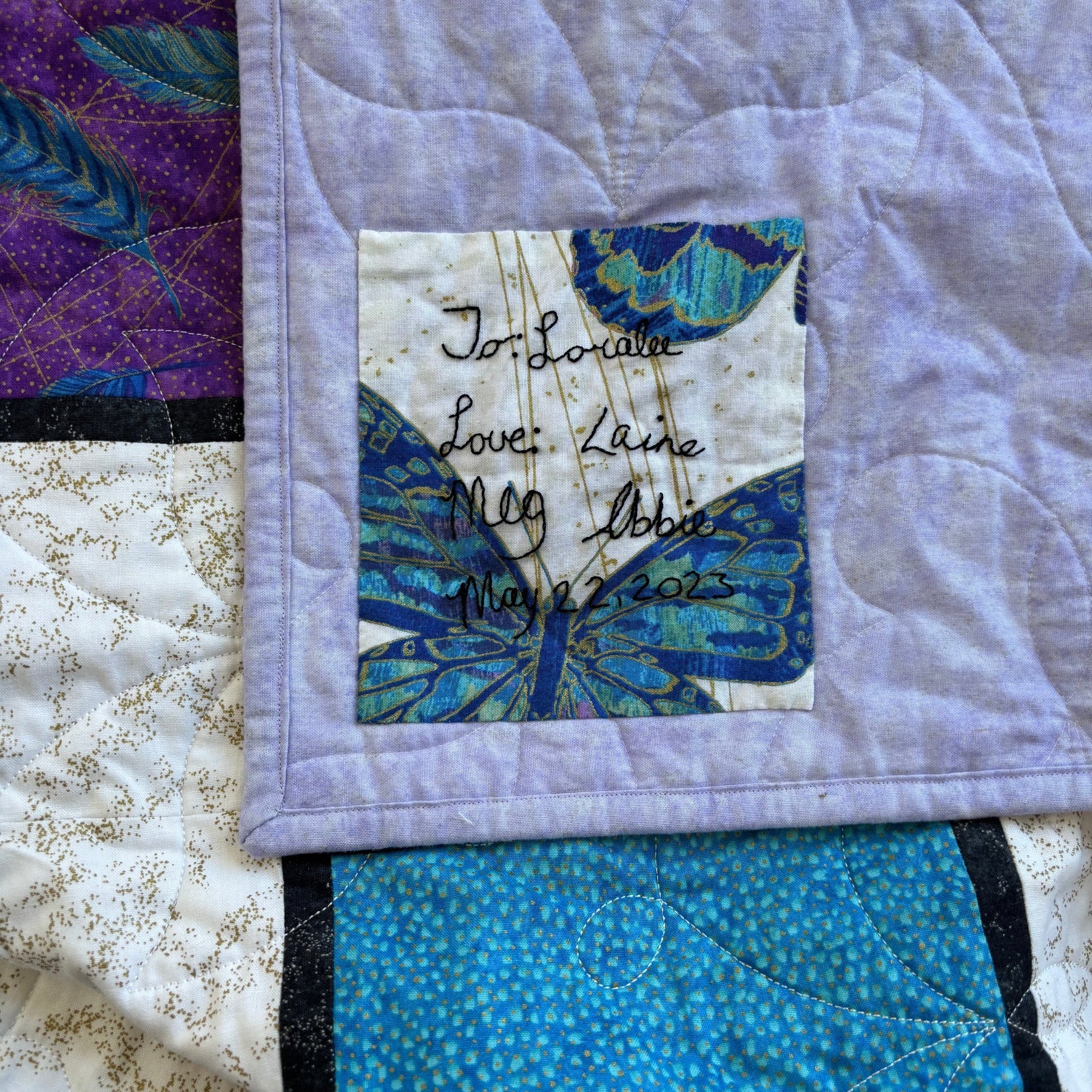
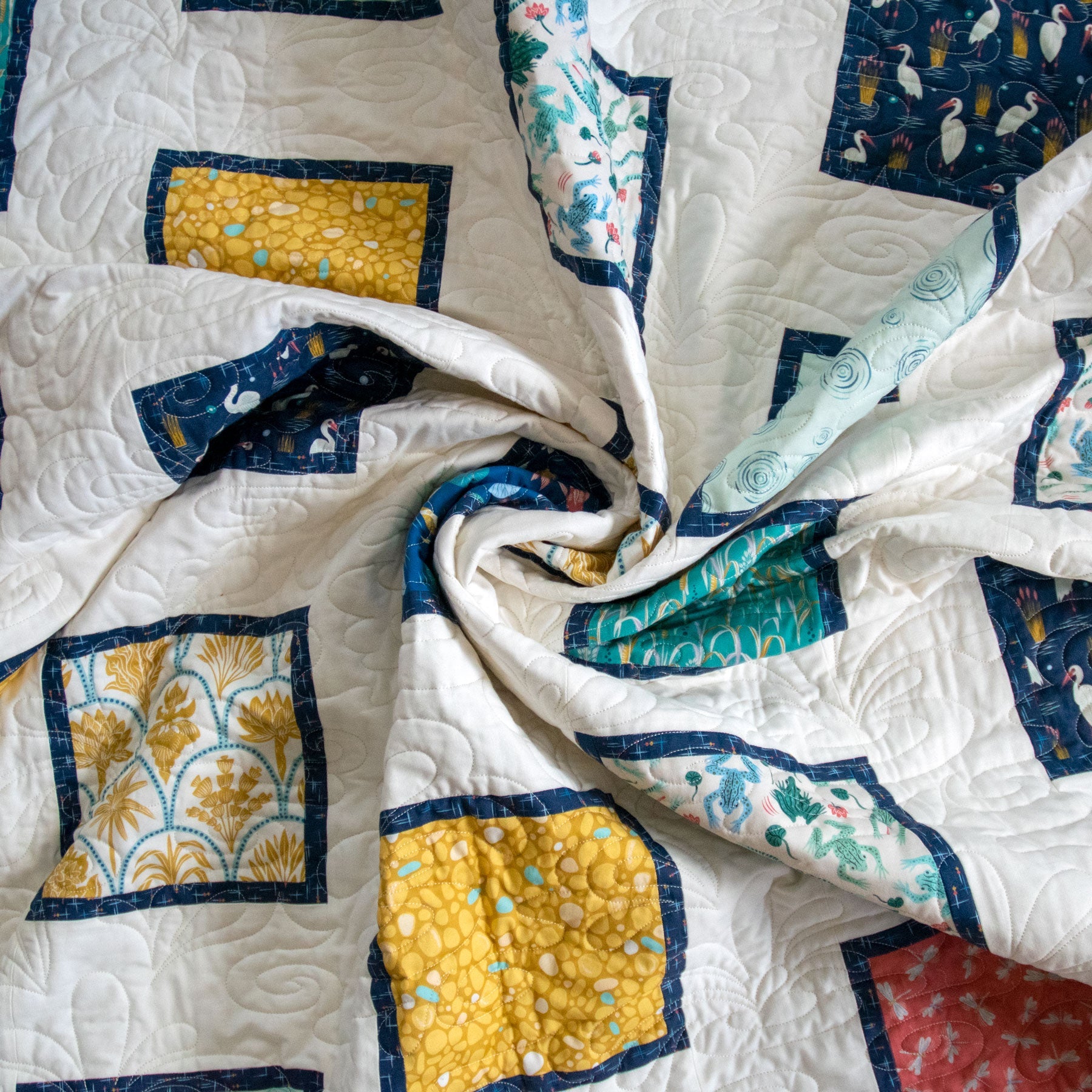
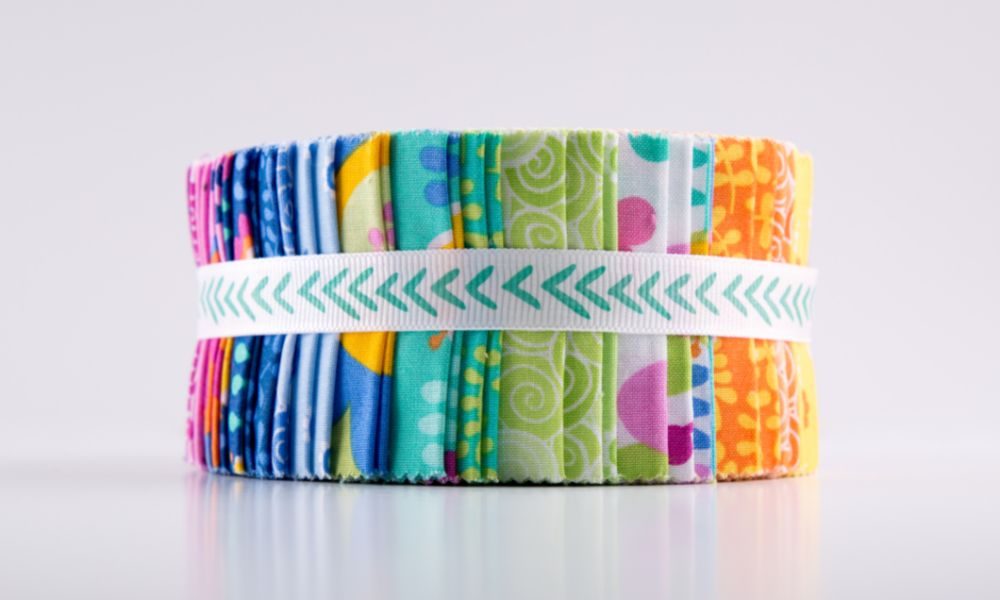
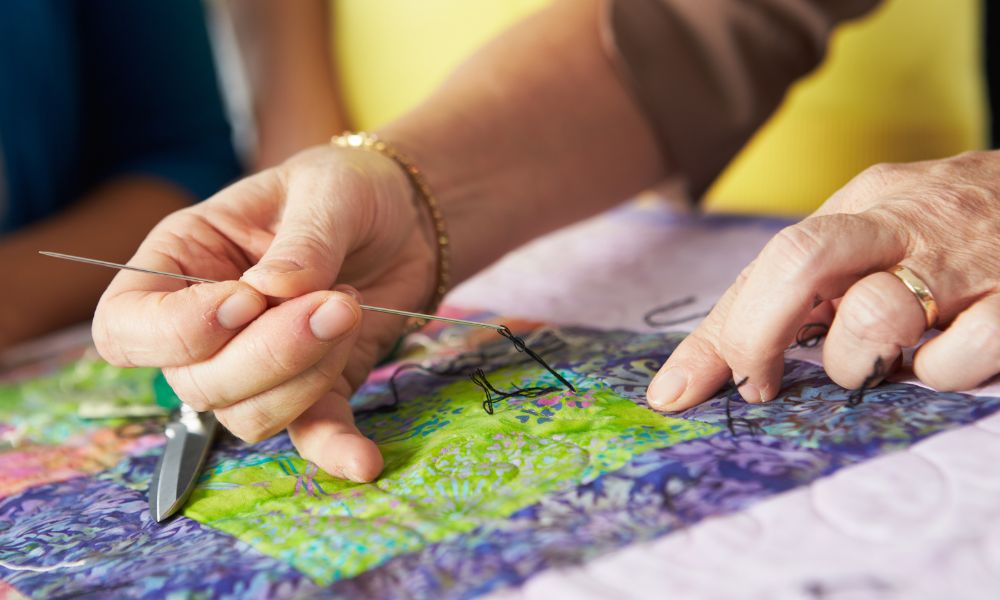

Comments